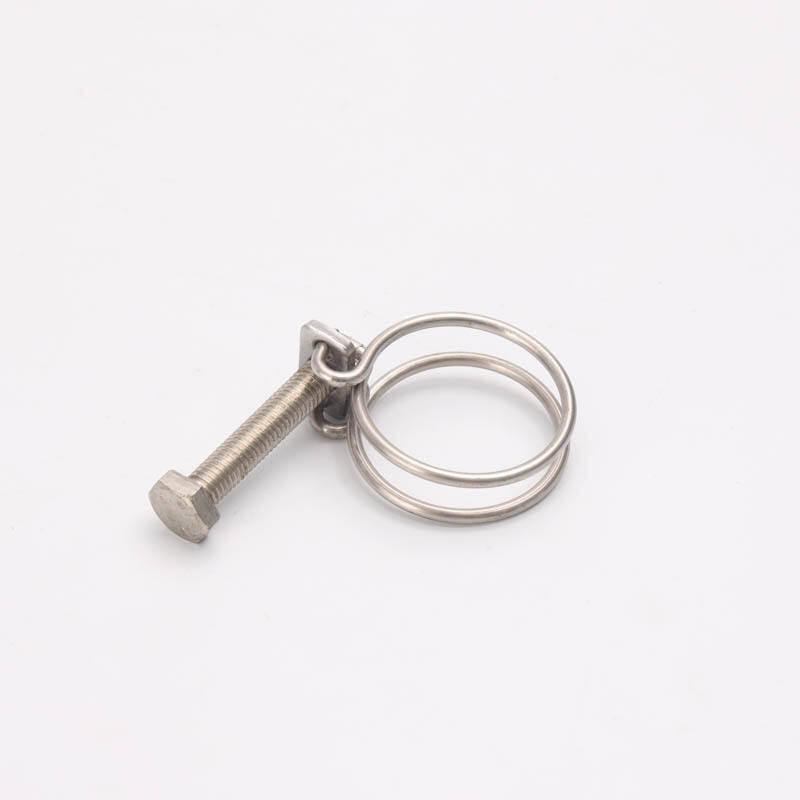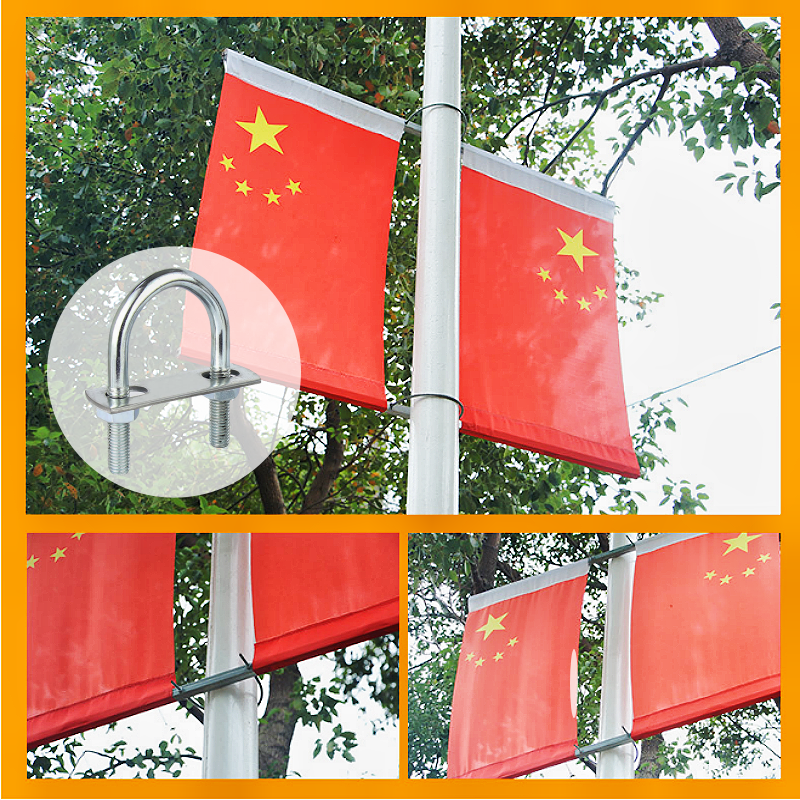cylindrical pin
A cylindrical pin is a fundamental mechanical component designed to serve as a fastening, locating, or alignment element in various mechanical assemblies. These precision-engineered components feature a perfectly cylindrical shape with tight dimensional tolerances, ensuring accurate fit and positioning within their intended applications. Cylindrical pins are manufactured from various materials, including hardened steel, stainless steel, and brass, to meet different environmental and load-bearing requirements. Their smooth surface finish and precise diameter specifications make them ideal for applications requiring repeatable assembly and disassembly processes. These pins commonly function as shaft supports, hinge pins, alignment guides, and assembly locators across numerous industries, from automotive manufacturing to precision machinery. The design of cylindrical pins incorporates specific features such as chamfered ends for easy insertion, controlled diameter tolerances for precise fitting, and various length options to accommodate different assembly requirements. Their reliability in maintaining proper alignment and their ability to withstand significant lateral forces make them essential components in mechanical design and engineering applications.











